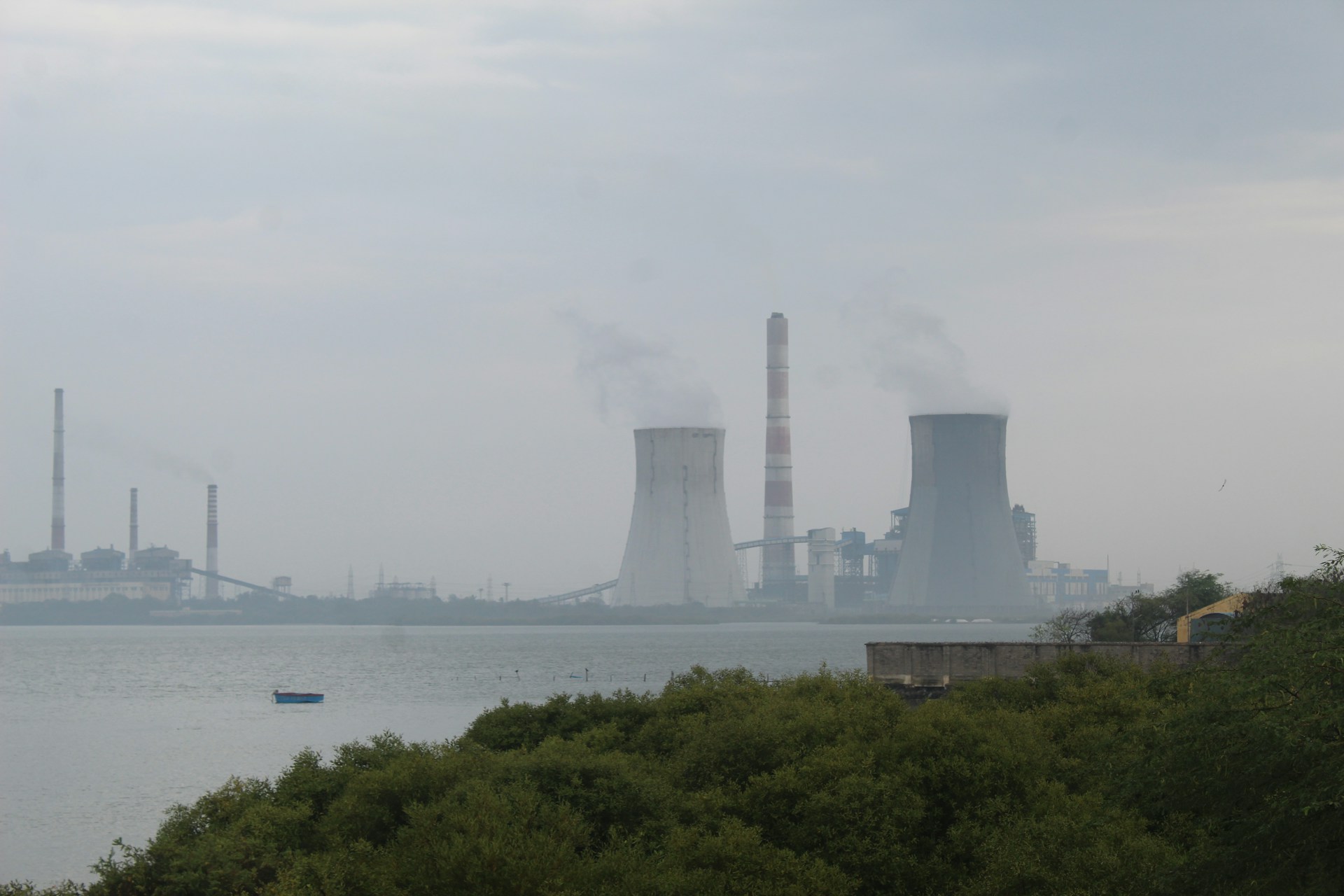Ukraine’s Zaporizhzhia Nuclear Power Plant (ZNPP), Europe’s largest nuclear power facility, came under direct attack for the first time in 19 months yesterday, with three separate portions of the plant being impacted by explosive drones. One of the hits targeted a reactor building and, although no damage to the reactor core was possible, containment facilities were put at risk. Russia has occupied and undertaken operational responsibilities at the ZNPP since March 2022, but Ukraine denies any involvement with this latest incident or any other targeting of the facility throughout the past two years. Workers at the plant are reportedly an overburdened mix of employees brought in from Russia, as well as Ukrainians who have signed contracts with Rosatom – potentially under duress.
The International Atomic Energy Agency (IAEA) has observers on site who confirmed the drone strikes, but did not speculate upon which side launched the strike. If Ukraine was behind these, it is likely an extension of their ongoing drone warfare campaign targeting energy facilities across the Russian mainland. The ZNPP is far from the most active areas of fighting along the frontlines in Ukraine, but its sudden targeting could be meant to draw Russian air defense resources from more combat critical locations and stretch out any concentration of these systems. Still, the possibility of an unintended ecological disaster looms if any nuclear waste materials were to escape containment.
Related ETF: North Shore Global Uranium Mining ETF (URNM)
For the first time in many months, Europe’s largest nuclear powerplant has been targeted with explosives, threatening a major ecological disaster. Southern Ukraine’s Zaporizhzhia Nuclear Power Plant (ZNPP) sits on the left bank of the Dnieper River and has remained firmly under Russian occupation since March 2022. MRP has published several extensive reports on conditions at the ZNPP going back to August of that year, as Russian and Ukrainian positions are separated by just 5km to 14km of river, well-within striking range of each side’s artillery and drone capabilities, and making them common targets. Media reports and unconfirmed video evidence have long-suggested that Russia stores military equipment within the plant. At this point, it is confirmed that the town surrounding the ZNPP, Enerhodar, houses Russian artillery systems and other military equipment, but the extent to which the power plant itself has been militarized is not well-known. Artillery fire has struck the plant many times and previously damaged some of the facility’s critical infrastructure.
In the latest incident, Russian sources claims that Ukrainian forces launched a number of “self-exploding” drones into the facility, causing no critical damage, but killing three. Ukrainian officials have denied that they took part in any such operation. The neutral party present for these events were staff from the International Atomic Energy Agency (IAEA), which has stationed various teams of expert observers at the ZNPP to monitor its integrity since September 2022. The agency confirmed that there were indeed multiple drone strikes against three separate locations throughout the facility but did not speculate on their origin beyond stating that…
To read the complete Intelligence Briefing, current All-Access clients, SIGN IN All-Access clients receive the full-spectrum of MRP’s research, including daily investment insights and unlimited use of our online research archive. For a free trial of MRP’s All-Access membership, or to save 50% on your first year by signing up now, CLICK HERE










